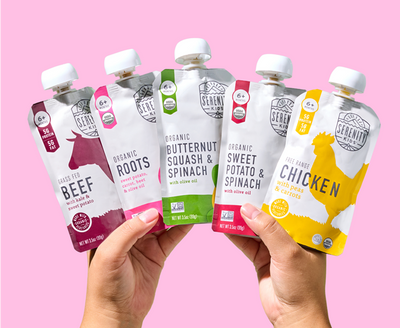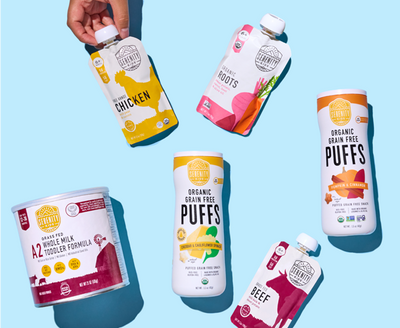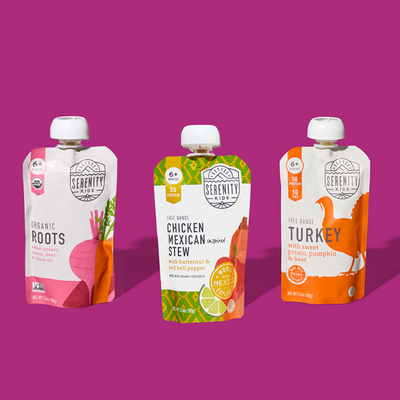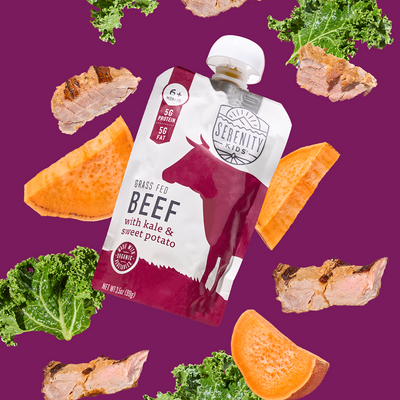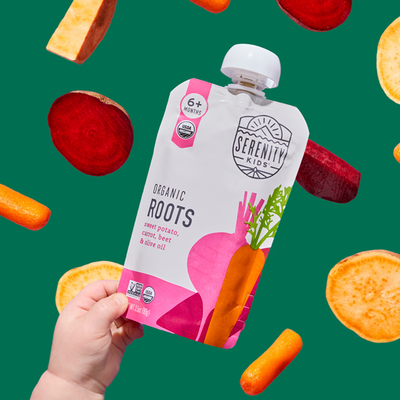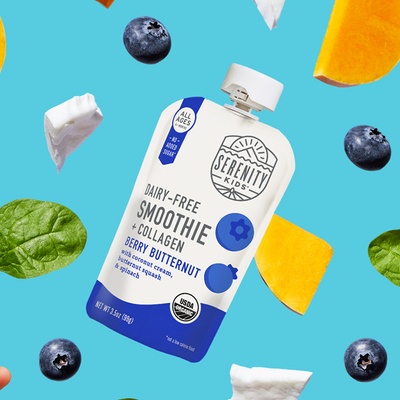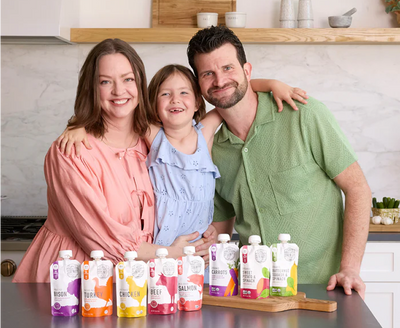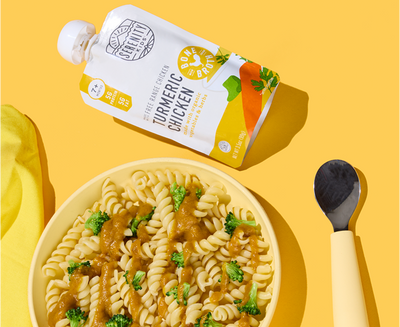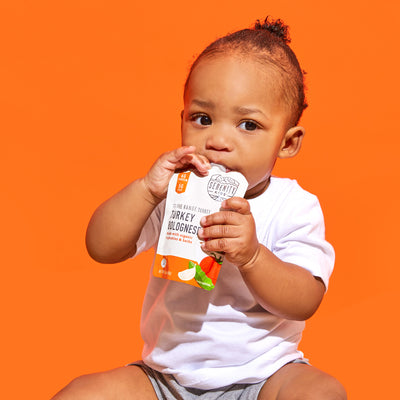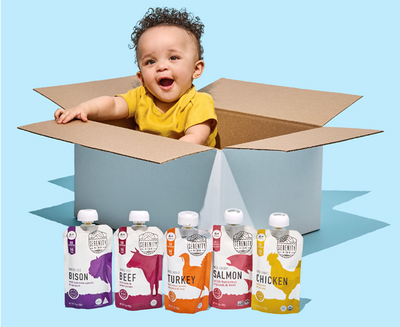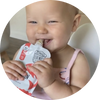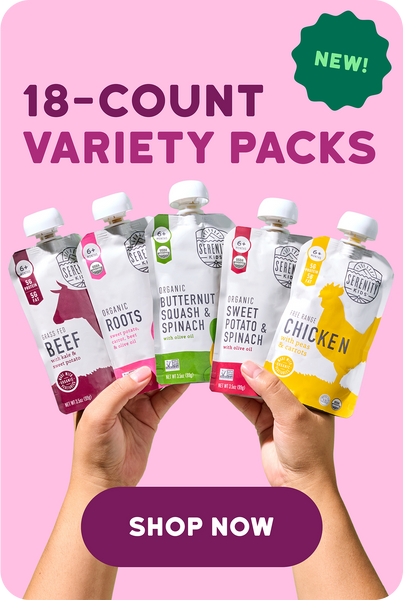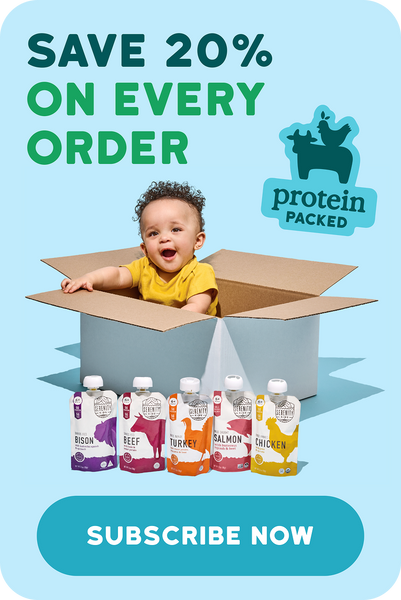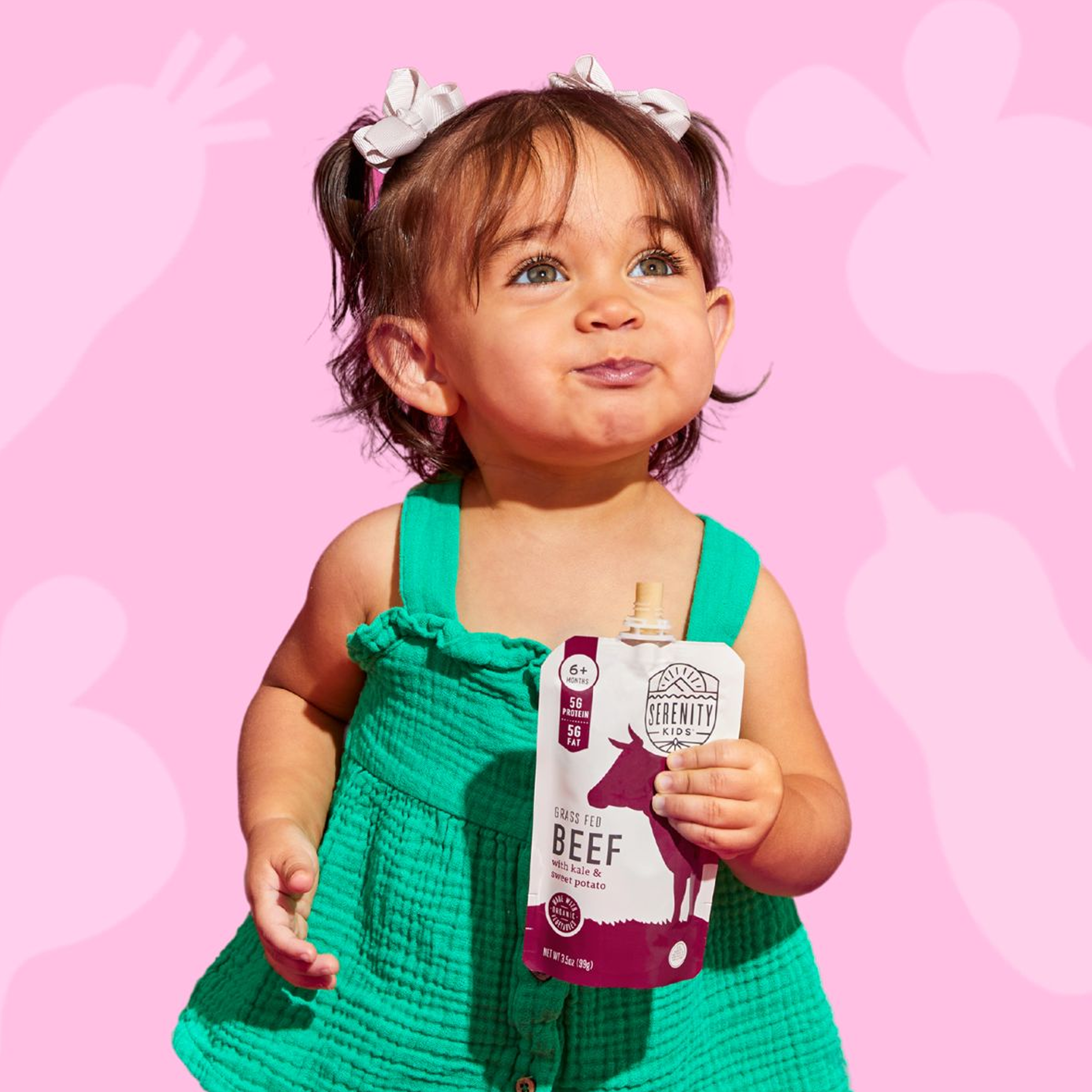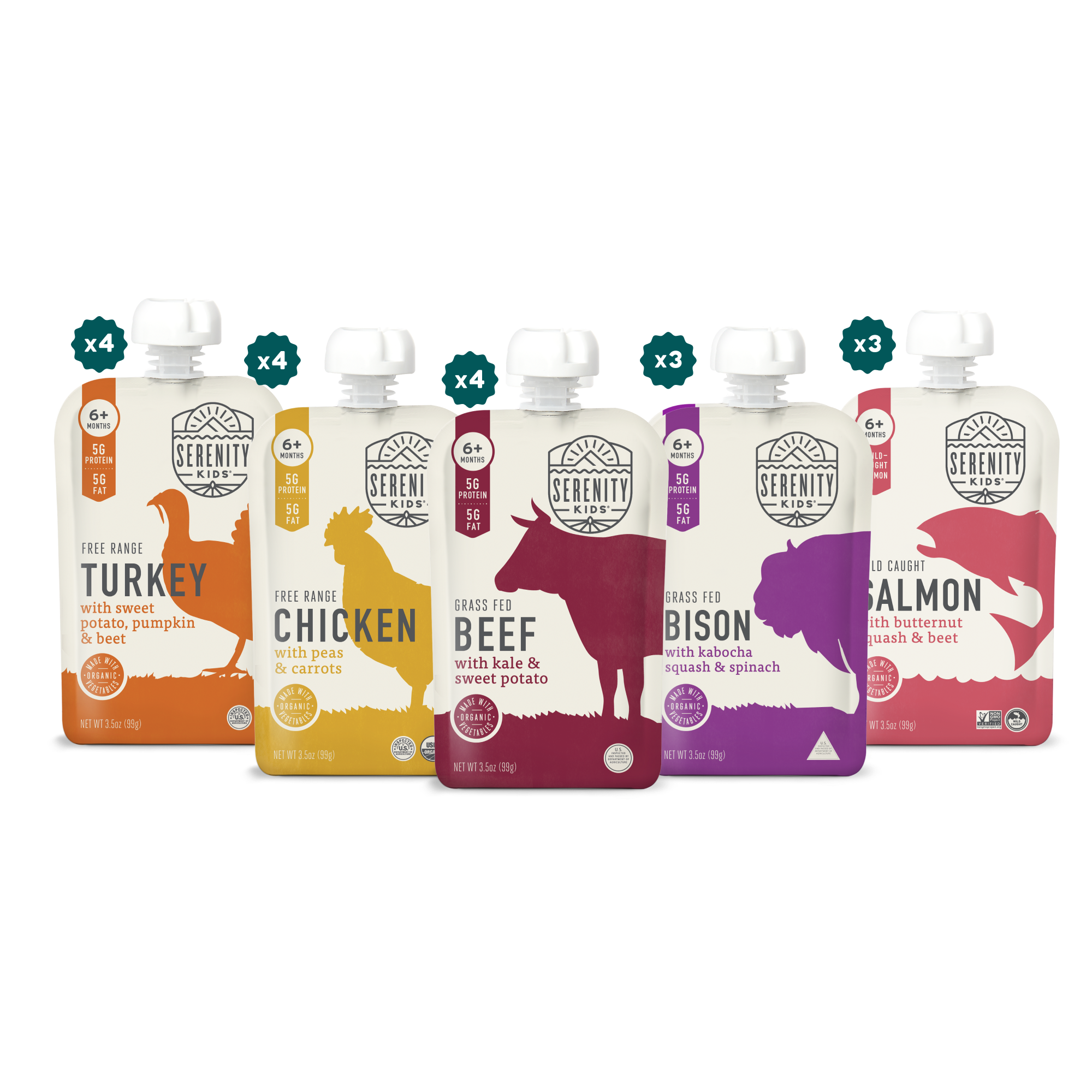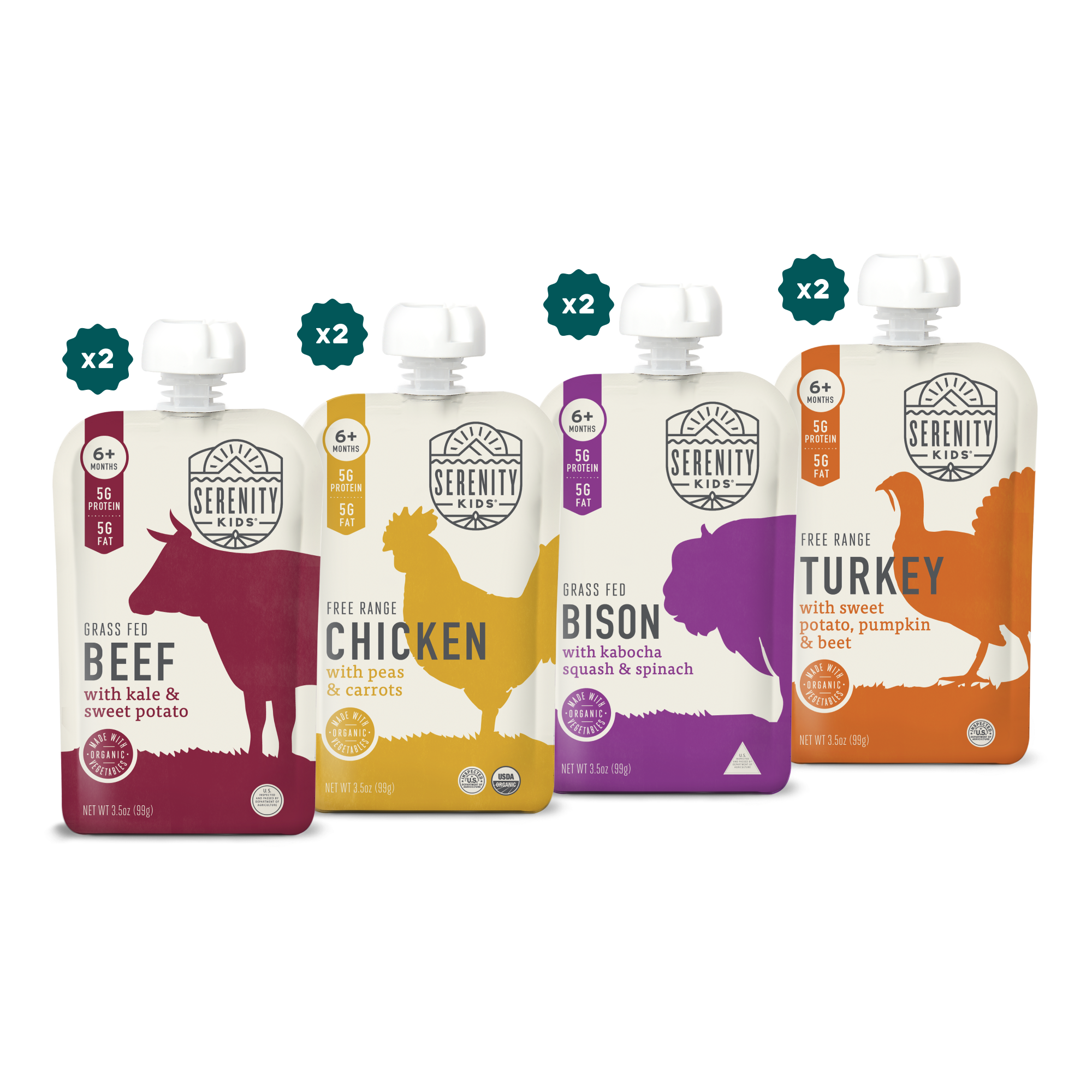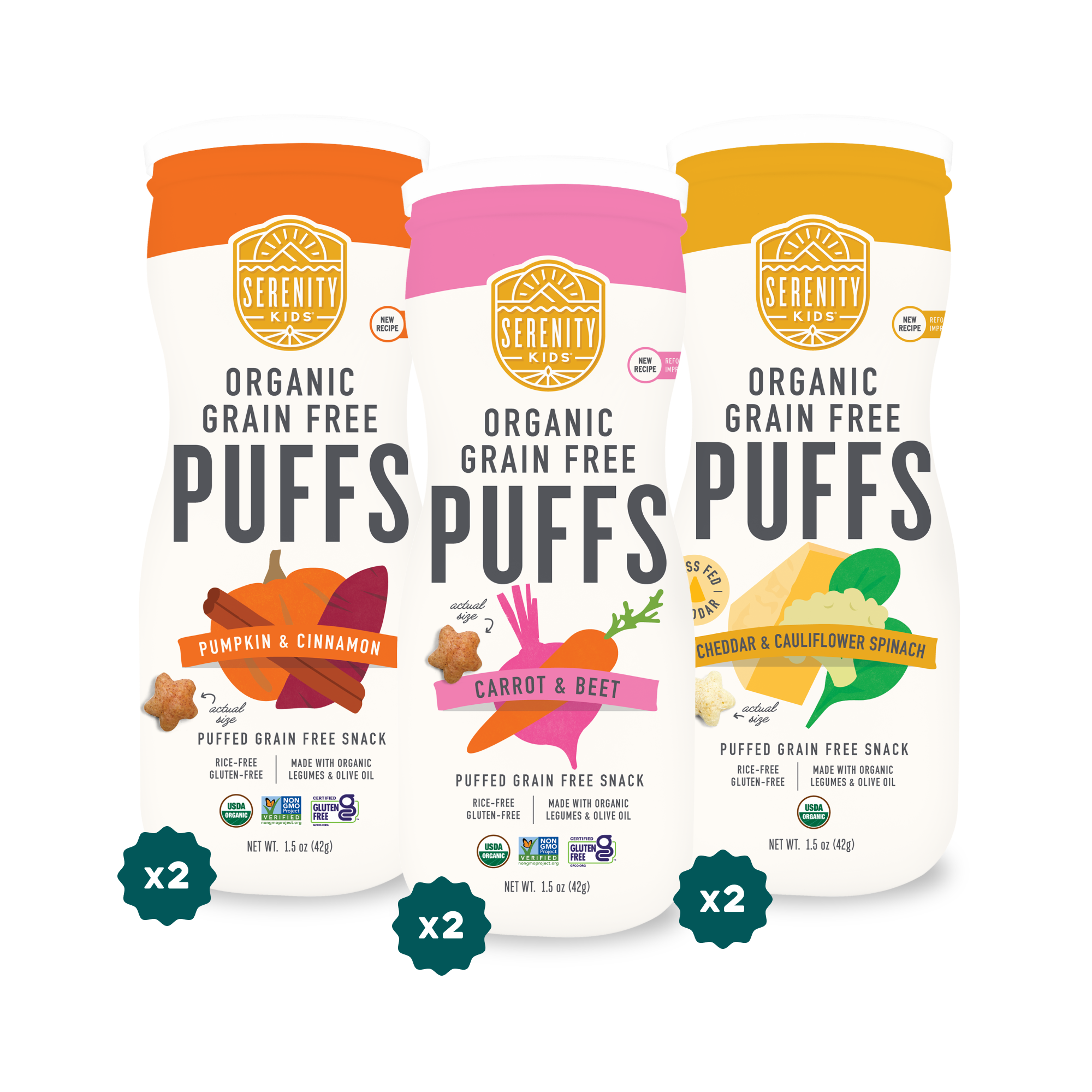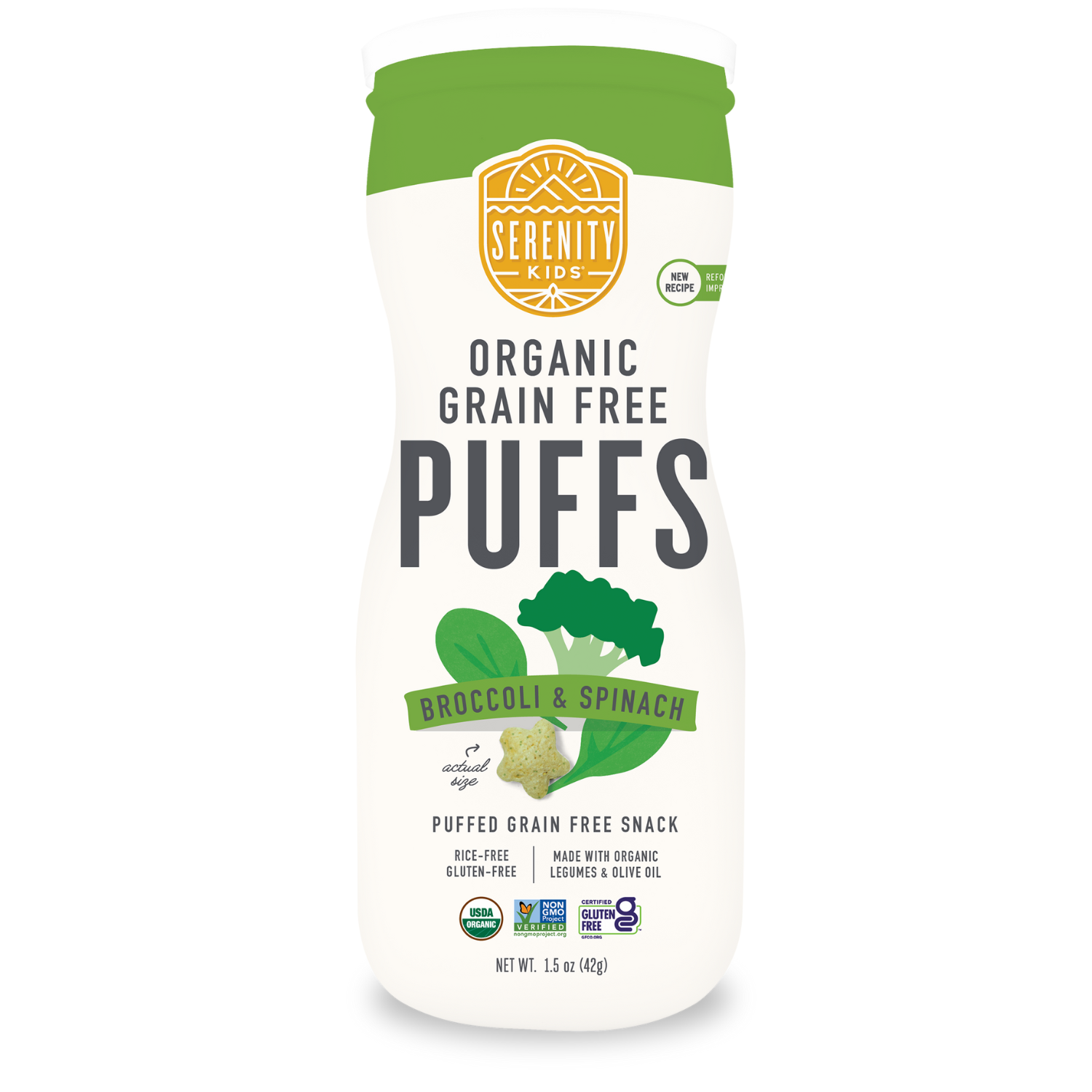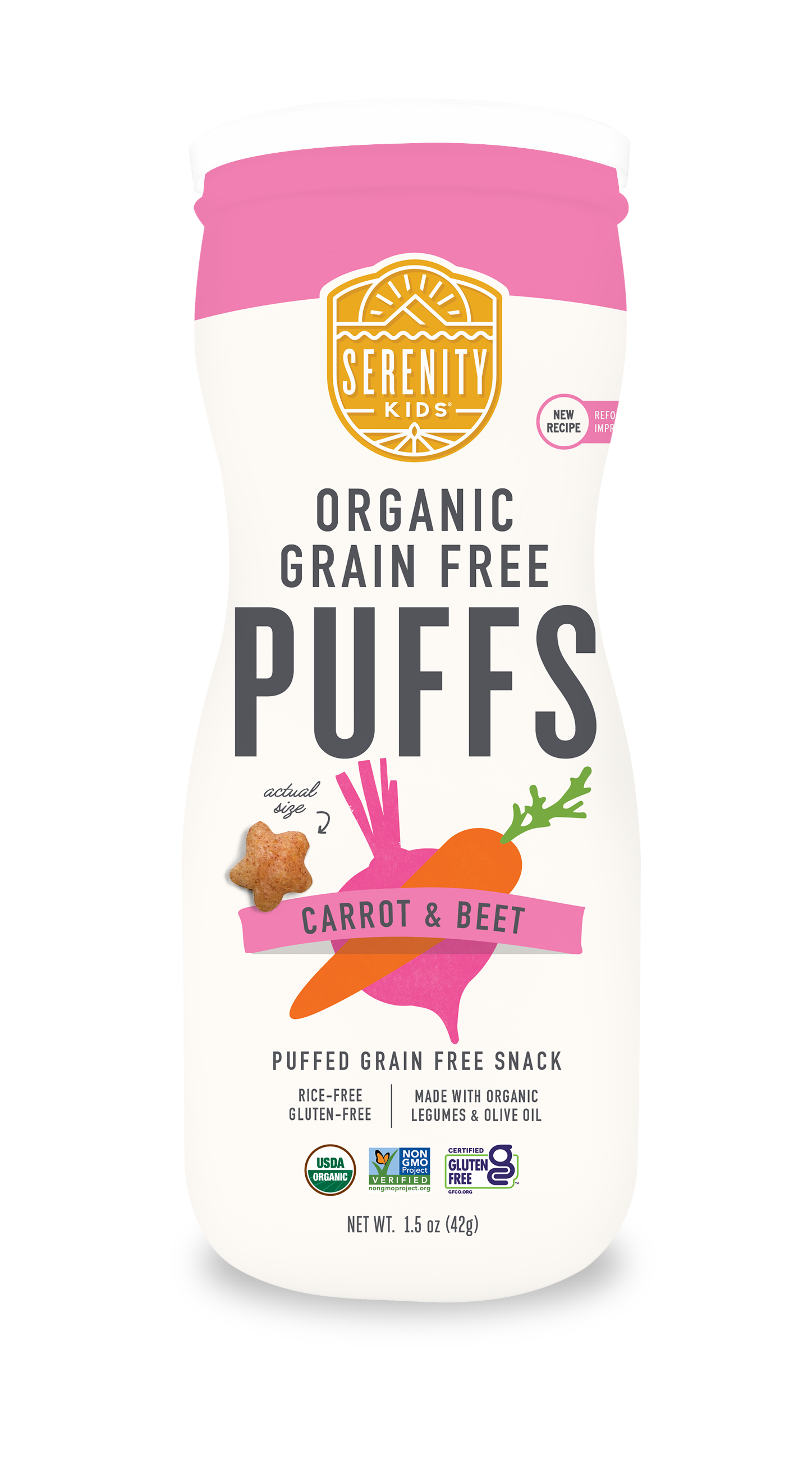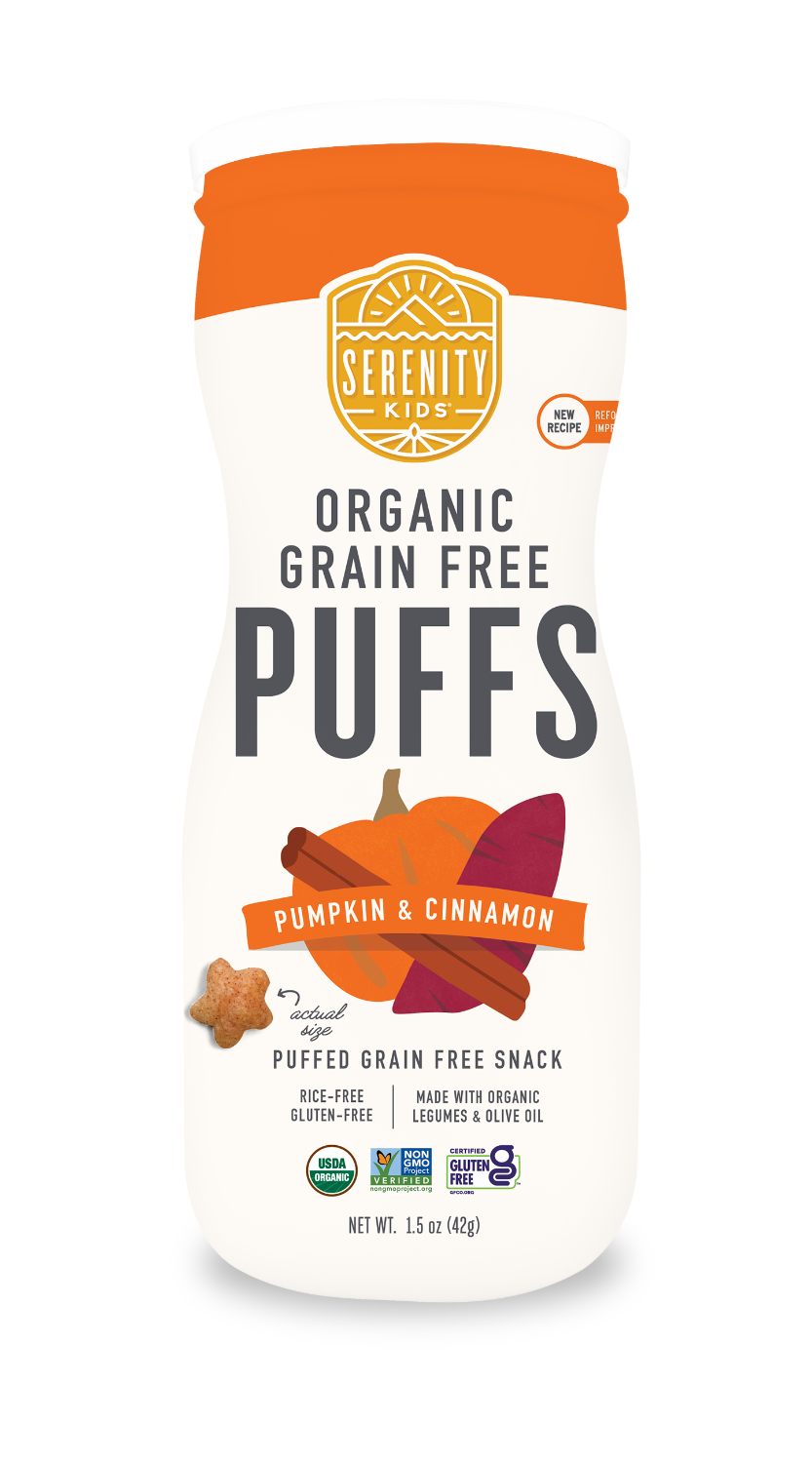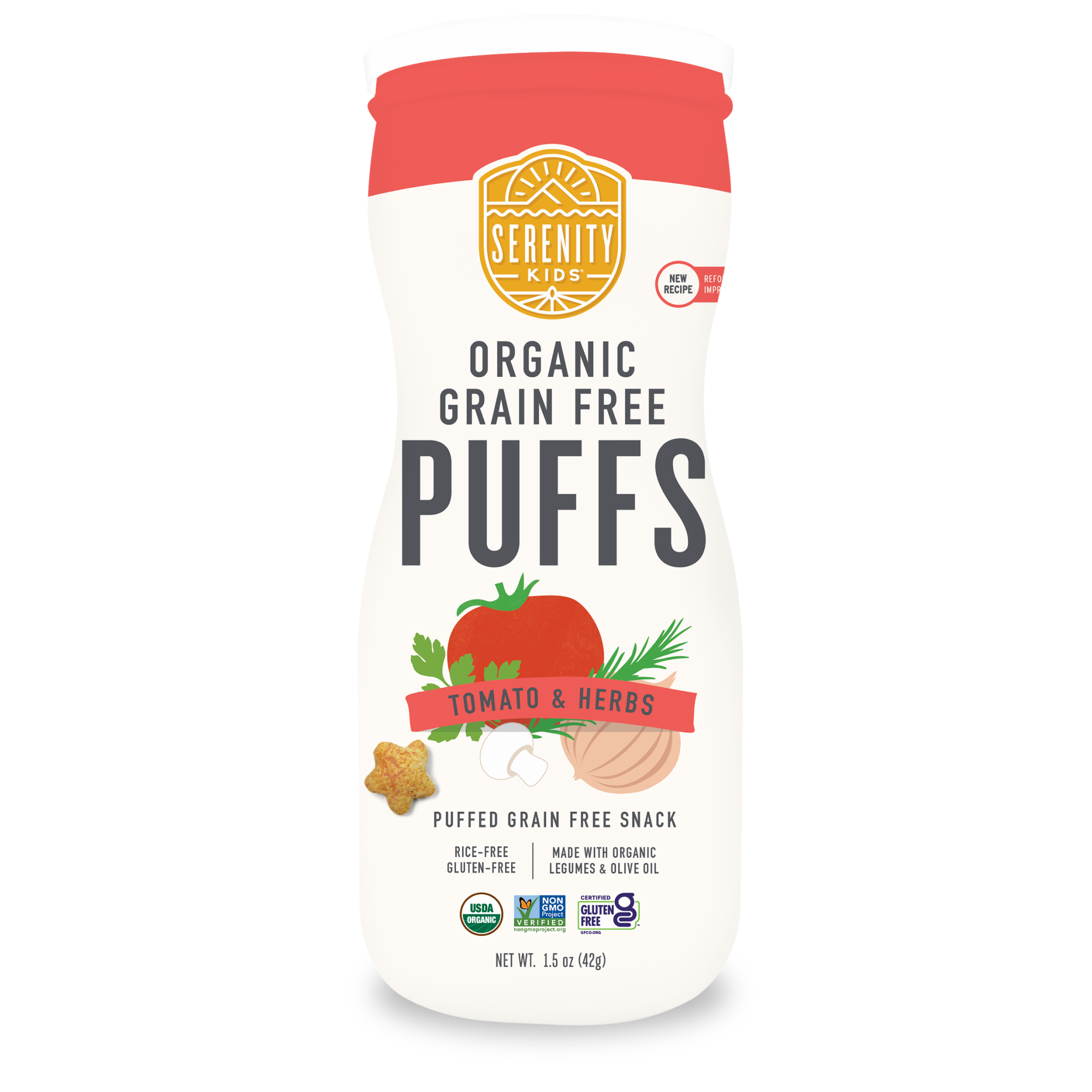When you're breastfeeding a baby, the thought of choosing a bottle can feel overwhelming. Whether you want a partner or family member to join in the feeding process, or you are preparing to send your little one to childcare, finding a bottle that works well probably feels pretty important, especially as you start thinking ahead to introducing baby food.
With so many brands and types of bottles on the market, it's hard to know which is the best bottle for your baby. We're here to share what features and options are available for the best bottles for breastfed babies.
What Factors to Consider When Choosing the Best Bottles for Breastfed Babies
There are a variety of different factors to consider when choosing a baby bottle. Here are five factors to consider when selecting the best baby bottle.
1. Nipple size
It’s best to start with a slow-flow nipple when introducing bottle feeding to a breastfed baby. Breastfed babies tend to be used to the slower flow of their mother's milk, so mimicking this flow helps make the transition. Many bottles have numbered nipples that correspond to age, but when introducing a bottle, start with a smaller and slower flow nipple than what is listed.
2. Bottleneck width
A wide neck can feel more similar to the breast and help ease the transition from breast to bottle.
3. Nipple shape
Ideally, the bottle nipple will feel as similar to the breast as possible. This means looking for a bottle with a flexible nipple that has a gradual slope to encourage the baby's mouth to open wider and achieve a deep latch.
4. Materials and design
Nobody would argue that you want your bottle to be easy to clean and assemble. Glass bottles are generally the easiest to clean and the quickest to dry, but they are also heavier and more fragile. Some come wrapped in silicone for added safety. We also like glass bottles since they don't contain the same types of chemicals that can be present in plastic bottles. If you do choose plastic bottles, either for daily feeding or just on the go, opt for those that are BPA and PFAS free. Anti-colic bottles are also great for parents seeking to reduce discomfort. Silicone bottles are another good option, but they don't hold heat as well as glass or plastic, so they can take longer to heat up.
5. Venting system
A bottle with a good venting system can help minimize gas and resulting fussiness. This is because babies tend to swallow less air when drinking from a bottle with a venting system.
Why Do Breastfed Infants Show Fussiness with Bottles and Nipples?
Put simply, change can be hard! Breastfed babies are used to the size and shape of their mother's nipples and the flow of their mother's milk. When these things change, babies often show fussiness or outright refuse the bottle. This is why it is important to pay close attention to the design of bottle nipples and to try some different sizes and shapes to see what your baby prefers.
When to Introduce a Bottle to a Breastfed Baby
So when should you introduce a bottle to a baby who has been exclusively breastfed? There is no magic time, but many lactation consultants recommend starting once breastfeeding has been established, around three to six weeks of age. Some moms worry about nipple confusion, but once a good latch has been established, this shouldn't be a concern. If you have any hesitation, reach out to a certified lactation consultant for advice.
Plan to try bottle feeding for the first time when the baby is sleepy and calm. Attempting a bottle when the baby is fussy, tired, or overly hungry just sets you up for a rough experience.
6 Best Bottles for Breastfeeding Babies
Below are five of the best baby bottles for breastfed babies. Remember that you might need to try a few different bottle brands until you find one that your baby likes!
1. Lansinoh baby bottles for breastfed babies
Why This Bottle Stands Out:
Lansinoh's NaturalWave Nipples are clinically proven to reduce nipple confusion and encourage your baby to use the same feeding actions learned while breastfeeding. They are also designed to reduce intake of air and potential causes of gas associated with colic to help baby while bottle feeding. The silicone nipples can be combined with different bottoms, we prefer their glass bottle which is durable and nontoxic.
Key Features:
-
Sizes: 5 ounces, 8 ounces
-
Nipple Types: Slow-flow, medium-flow, Y-shape, NaturalWave
-
Material: Glass bottle, silicone nipple, BPA-free plastic ring
2. Dr. Brown's bottles
Why This Bottle Stands Out:
Dr. Brown has an anti-colic baby bottle design that you can get in glass. The bottles have a unique venting system to help eliminate air bubbles during feeding, but that does also mean that they have a few extra parts to clean.
Key Features:
-
Sizes: 4 ounces, 8 ounces
-
Nipple Types: Preemie, extra slow, slow, medium, fast, Y-shape
-
Material: Glass or BPA-free plastic bottle, silicone nipple, plastic ring
3. Comotomo Natural Feel Silicone Baby Bottles
Why This Bottle Stands Out:
Comotomo bottles are made from soft silicone with naturally shaped slow-flow nipples. They also have an extra-wide base with just a few parts, so they’re easy to clean. One note with silicone bottles is that they don't heat as quickly in a bottle warmer.
Key Features:
-
Sizes: 5 ounces, 8 ounces
-
Nipple Types: Slow-flow, medium-flow, fast-flow, Y-shape
-
Material: Soft silicone bottle and nipple, BPA-free
4. Joovy Boob Glass Bottle and Sleeve
Why This Bottle Stands Out:
The Joovy Boob has a gradually sloped nipple that helps to promote a natural latch. The venting system also prevents nipple collapse and colic symptoms. Glass can be harder to grip and more likely to break, so the silicone sleeve is a bonus.
Key Features:
-
Sizes: 4 ounces, 8 ounces
-
Nipple Types: Slow-flow, medium-flow, Y-shape, sloped
-
Material: Glass bottle, silicone nipple, plastic ring, silicone sleeve
5. Nanobebe Flexy Silicone Baby Bottle
Why This Bottle Stands Out:
The ultra-soft silicone Nanobebe Flexy bottle is the only bottle to feature a triple-vented nipple. It is designed to mimic a breast to support the transition between breast and bottle.
Key Features:
-
Sizes: 5 ounces, 8 ounces
-
Nipple Types: Slow-flow, medium-flow, triple-vented, Y-shape
-
Material: Soft silicone bottle and nipple, BPA-free, medical-grade silicone
6. Olababy Gentle Baby Bottle
Why This Bottle Stands Out:
The Olababy Gentle Baby bottle is made from non-toxic silicone. It has a soft texture and shape to support a safe and comfortable grip, and an offset nipple design to mimic a natural breast.
Key Features:
-
Sizes: 4 ounces, 8 ounces
-
Nipple Types: Slow-flow, medium-flow, Y-shape, offset
-
Material: Silicone bottle and nipple, BPA-free, medical-grade silicone
Tips for bottle feeding a baby
1. Find the right temperature
Bottles should generally be about body temperature, mimicking milk coming from the breast. But babies can be particular about the temperature of their milk, so experiment with what works best for them. Always be sure that it isn't too hot by squeezing some from the bottle onto the back of your hand.
2. Position properly
Babies at the breast are used to sucking hard to remove milk from the breast. Try to mimic this when bottle feeding by holding your little one upright with the bottle parallel to the floor. This requires your baby to suck the bottle to remove milk, rather than a bottle coming straight down at them and letting gravity do the work.
3. Pace feed
Breastfed babies tend to pause often while feeding. Try to mimic this, and to prevent the overwhelm of a faster-flowing bottle by pacing bottle feedings too. Pause every few minutes and let baby take their time on the bottle. This also prevents them from preferring a fast, easy bottle and deciding the work of nursing at the breast is too hard. Watch for cues that he or she is full, and then stop, even if the bottle is not empty.
4. Be patient and persistent
Not every baby will take to a bottle right away. If yours doesn't, don't stress out (baby can sense that too)! Take a break and try a different person or a different bottle. If baby is getting upset or you can tell that it's not happening right now, just try again another day.
Safety tips for bottle feeding
Bottle feeding is safe, but there are a few tips to keep in mind when feeding your little one:
-
Give only breast milk or formula in a bottle. Do not add infant cereal or anything else.
-
Hold your baby close and secure when you feed him or her a bottle while you are sitting or stable.
-
Do not prop or leave the bottle in your baby’s mouth. This can increase the risk of choking, ear infections, and tooth decay. It can also encourage the baby to eat more than he or she needs.
-
Do not put your baby to bed with a bottle.
-
Do not force your baby to finish the bottle if your baby is showing signs of fullness. This can lead to your baby eating more than he or she needs.
How to Clean Baby Bottles
Now that you're adding a bottle into your routine, it's important to know how to clean them. The good news? It's not hard.
We suggest washing the inside and outside of your bottles and any bottle parts with warm soapy water. An unscented nontoxic dish soap is best so that it doesn't impart any weird flavors on the milk. Make sure that you thoroughly rinse the bottle with clean water.
Takeaway
Introducing a bottle to a breastfed baby can feel both exciting and challenging. Know that every baby is different, and it might simply take time to find one of the leak-free picks that your little one loves. If you’re still facing challenges after trying different tips and bottles in the first few months, or if you’re wondering how to dry up breast milk without getting mastitis or recurrent clogged ducts, don't be afraid to ask for help! Reach out to a Certified Lactation Consultant for support.
Sources
Kaiser Permanente. “Introducing a Bottle.” https://mydoctor.kaiserpermanente.org/ncal/article/introducing-a-bottle-1207506. Accessed September 4, 2025.
Portland Pediatric. “From Breast to Bottle: Tips for an Easeful Transition, Minimal Refusals.” [March 18, 2025]. https://www.portlandpediatric.com/from-breast-to-bottle-tips-for-an-easeful-transition-minimal-refusals/. Accessed September 4, 2025.
Centers for Disease Control and Prevention. “Bottle Feeding.” [March 5, 2024]. https://www.cdc.gov/infant-toddler-nutrition/bottle-feeding/. Accessed September 4, 2025.
The Bump. “Best Anti-Colic Bottles.” [February 27, 2025]. https://www.thebump.com/a/best-anti-colic-bottles. Accessed September 4, 2025.
Related reading:

